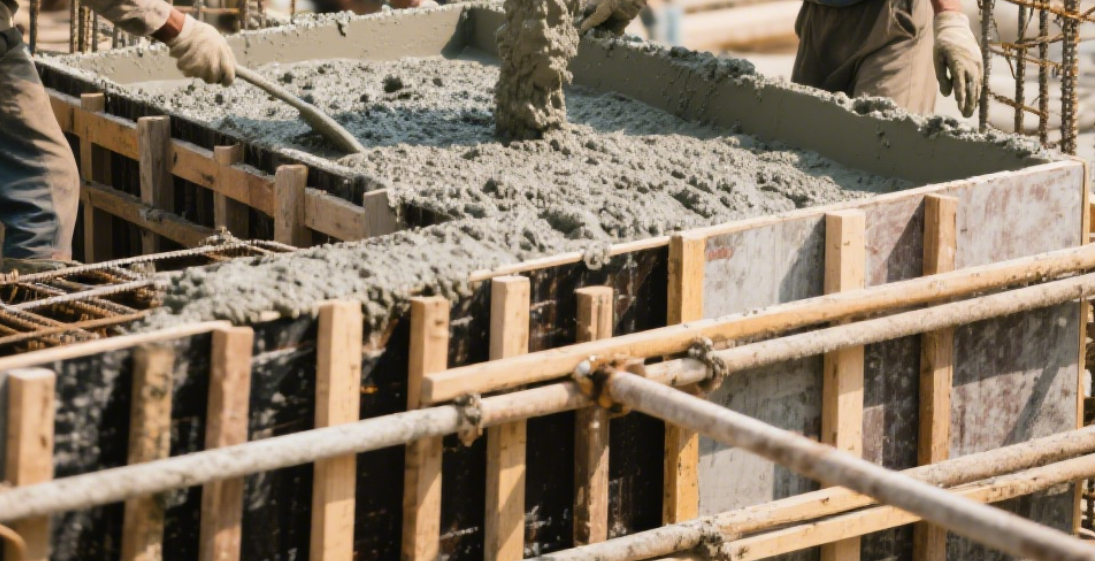Admixtures are essential in modern concrete technology for improving performance, workability, durability, and cost-effectiveness. However, their dosage and compatibility must be carefully managed to achieve desired results without compromising concrete quality. Admixture effectiveness hinges on proper dosage (usually 0.2–5 % by cement weight and compatibility with cement and other mix components. [1]
By implementing strategic dosage calibration, compatibility checks, and thorough testing, construction professionals can unlock the full potential of admixture-enhanced concrete—delivering exceptional performance, economics, and durability.
Conduct lab trials such as Marsh cone tests to identify saturation point—beyond which performance gains plateau. Follow general dosage guidelines: plasticizers (0.2–0.5 %), superplasticizers (0.5–3 %), air-entrainers (0.02–0.2 %), concrete mix accelerator/retarder (0.15–2 %). [2]
Cement chemistry significantly affects admixture performance. Mixing multiple admixtures used in concrete mixes requires lab validation to avoid counteractive effects.
Water content, aggregate grading, temperature, and admixture interactions influence performance.

Establish performance requirements
Select admixture types—water-reducer, superplasticizer, air entrainer, etc.
Perform lab trials
Adjust dosage and mix recipe
Field-test to confirm performance consistency
Enhancing your concrete mix through careful admixture optimization yields a spectrum of significant advantages. Optimized levels of water-reducing agents (plasticizers and superplasticizers) produce fluid mixes without adding extra water. This ensures easy placement into complex formwork and densely reinforced structures.
Reducing mix water while maintaining workability promotes a denser cement matrix and lower porosity. High-performance mixtures often show noticeable strength gains, which reduce cement consumption while meeting structural demands.
Optimized admixture blends contribute to robust, dense concrete with excellent resistance to environmental wear. Water-reducing and air-entraining admixtures together enhance durability against freeze-thaw cycles, chemical exposure, and abrasion.
Compatibility between accelerators or retarders keeps concrete performance consistent across varying temperatures. In cold conditions, accelerators improve early strength; in heat, retarders prevent premature setting and cold-joint risks.
References:
[1] https://www.bricknbolt.com/blogs-and-articles/construction-guide/comprehensive-guide-to-admixtures-in-concrete
[2] https://www.techniques-ingenieur.fr/en/resources/article/ti264/concrete-admixtures-tba1036/v3/dosage-of-additives-7